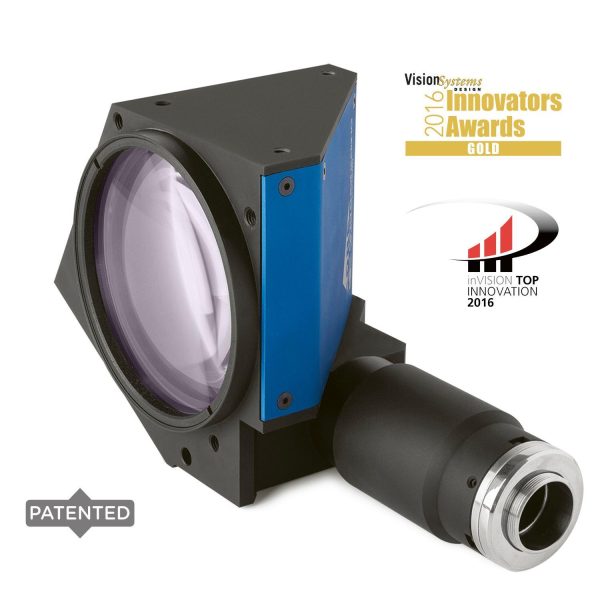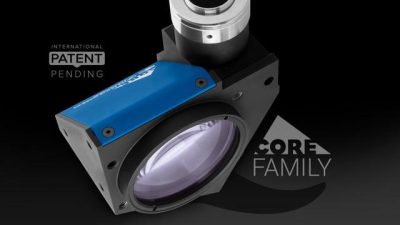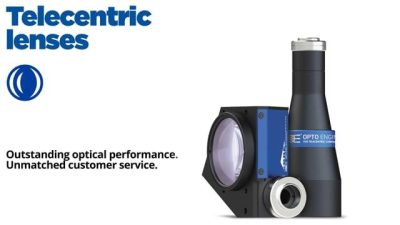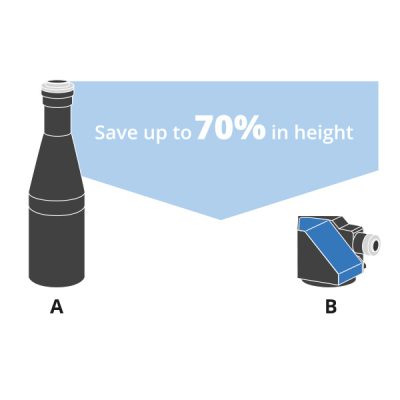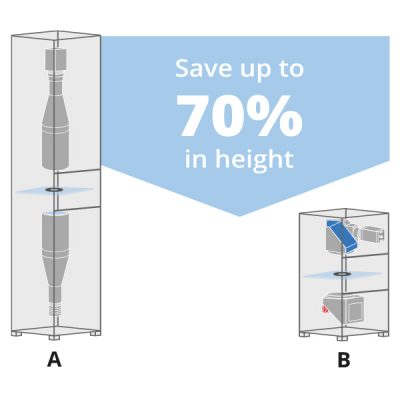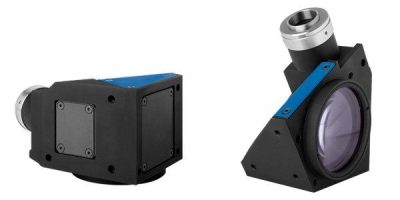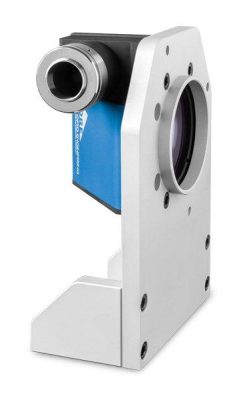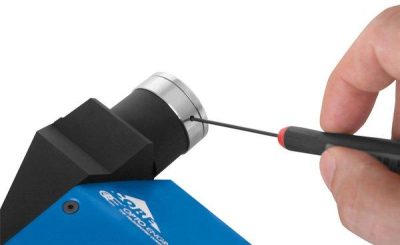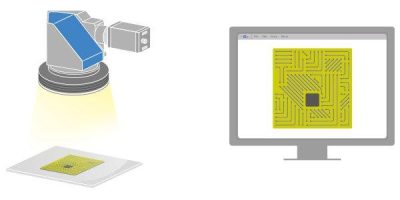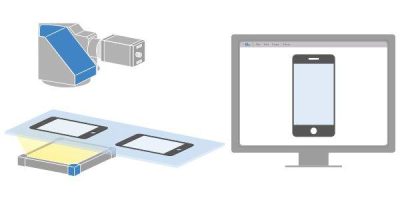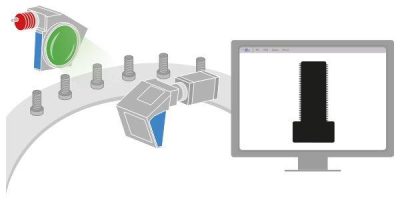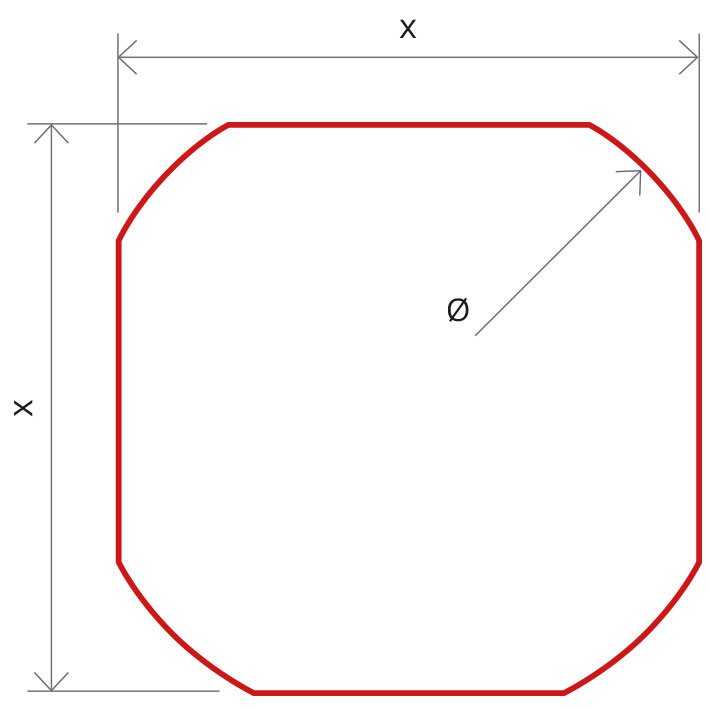TC4MHR CORE series
Compact telecentric lenses for sensors up to 4/3”
New TCCR4MPxxx-y models available with larger aperture and better optical performance.
Overview
Models
Downloads
Related
Tech Info
Resources
New models
Magnification
0.143 - 0.366 x
Compact
Key advantages
- Excellent optical performances
TC4MHR CORE telecentric lenses deliver excellent optical performances as other comparable Opto Engineering® telecentric lenses. - Extremely compact
TC4MHR CORE lenses are up to 70% smaller than other telecentric lenses on the market. - Designed for flexibility and smart integration
TC4MHR CORE lenses integrate a camera phase adjustment and can be mounted on multiple sides with or without clamps, allowing to cut the costs. - Save you money
Systems integrating TC4MHR CORE lenses take much less space, resulting in lower manufacturing, shipping and storage costs. - Boost your sales
A smaller vision system or measurement machine is the solution preferred by the industry.
TC4MHR CORE series features ultra-compact telecentric lenses tailored for high-resolution sensors up to 4/3”. TC4MHR CORE lenses deliver excellent optical performances in a super compact shape. Thanks to the unique opto-mechanical design, these lenses offer very high resolution, nearly zero distortion and high depth of field while saving up to 70% in length compared to similar FOV lenses on the market.
Our compact telecentric lenses can be mounted in several orientations thanks to the M6 threads located on multiple sides, even without clamping mechanics. For maximum flexibility, a special front mounting clamp is also available.
Discover more
ADVANTAGES
Cost reduction
- Lower manufacturing cost due to less material employed
- Less space required for storage and use
- Lower shipment expenses due to smaller size
- Lower transportation risks
Sell more
- A smaller vision system or measurement machine is preferred by the industry
Please wait
Unable to process your request
Back to models
Filters
Close
Reset Filters
Notes
- Indicates the dimensions and shape of image, where "Ø =" stands for diameter and "x=" indicates the nominal image height and length (Tech Info for related drawing).
- With IMX387 (21.7 mm diagonal) sensors, the FOV may show some vignetting at the image corners.
- Working distance: distance between the front end of the mechanics and the object. Set this distance within ± 3% of the nominal value for maximum resolution and minimum distortion.
- Working f-number (wf/N): the real f-number of a lens in operating conditions.
- Maximum angle between chief rays and optical axis on the object side. Typical (average production) values and maximum (guaranteed) values are listed.
- Percent deviation of the real image compared to an ideal, undistorted image. Typical (average production) values and maximum (guaranteed) values are listed.
- At the borders of the field depth the image can be still used for measurement but, to get a very sharp image, only half of the nominal field depth should be considered. Pixel size used for calculation is 3.45 μm.
- Object side, calculated with the Rayleigh criterion with λ= 520 nm
- Indicates the availability of an integrated camera phase adjustment feature.
- Due to the special shape of TCCR120xx it might be necessary to check the mechanical compatibility with your camera
Back to models

